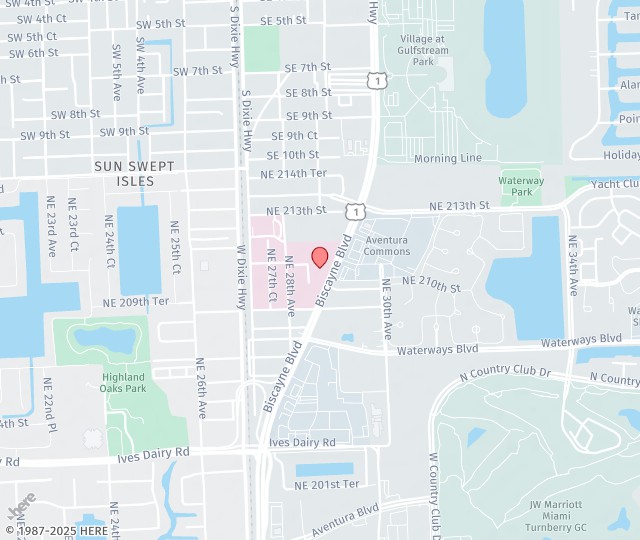Breast augmentation can be performed with either fat grafting or with breast implant to achieve the desired size and contour. This is one of the most common aesthetic surgeries performed. FDA approved silicone or saline breast implants are used for augmentation with implants depending on your desire. Depending on your individual body and breast, the implant can be placed over or under the muscle. Breast augmentation can also be done at the same as the breast lift. (See before and after photos of breast augmentation)
What to expect during your consultation?
Breast Augmentation Procedure Details
The surgery is performed under general anesthesia and takes between 2-3 hours. Dr. Tran uses a small incision under the breast (inframammary) or along the edge of the areolar (periareolar) where the scar is less noticeable.
Breast Augmentation Recovery
Most patients have discomfort only for the first 2-3 days, after which their discomfort is controlled with tylenol or motrin. Tightness around the breast is normal as your body is adjusting to the implants. Wear a soft supportive bra all the time during the first 3 week except during showering. Strenuous exercise is not recommended until after 4 weeks. Swelling is common after surgery. It will take 4-6 weeks for the swelling to resolve completely. You might notice some asymmetry as normal breasts are commonly asymmetric.
What are the complications?
As with any procedures, there is risk of bleeding, infection, hematoma, fluid collection or seroma, scarring, asymmetry, wound healing issue, and need for further surgery to correct any problem. Other complications include capsular contracture that causes a firm feeling around the implant and breast and implant rupture that will require surgery to remove the capsule and replace the implants. For silicone breast implants, the FDA recommends to obtain MRI 3 years after placement and then every 2 years to monitor the breast implants. Higher complications will occur in smokers and patients with poor wound healing potential including uncontrolled diabetes. It’s essential that you remain healthy and nicotine free before and after your surgery for optimal healing and result.
REQUEST A CONSULTATION
Please use this form for general information purposes only. DO NOT send personal health information through this form. Specific patient care must be addressed during your appointment.
Please complete the following form to request an appointment. Please also note that availability will vary depending on your request. Your appointment will be confirmed by phone by a member of our staff. Thank you!


